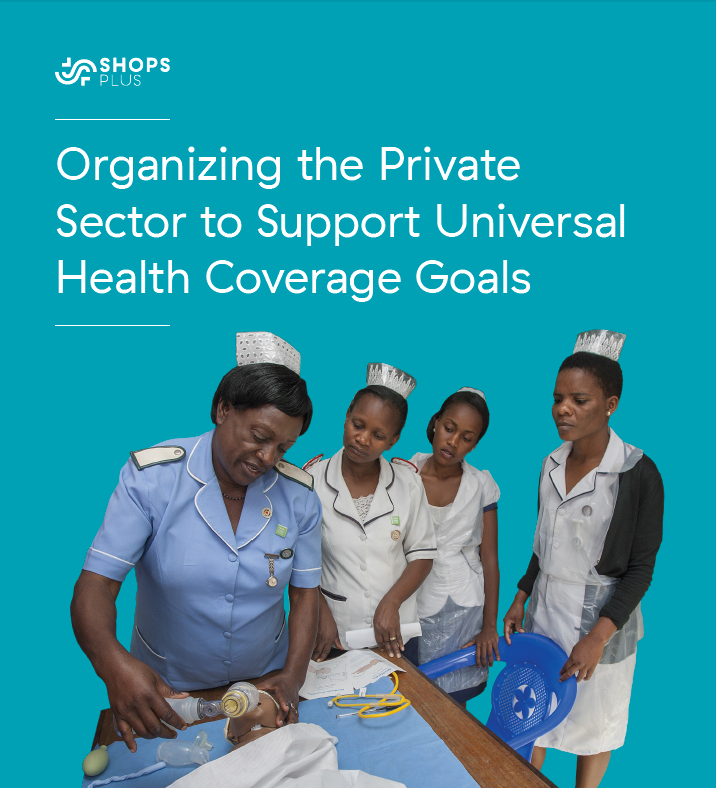Organizing the Private Sector to Support Universal Health Coverage Goals
Efforts to organize the private sector can benefit from past experience with private health care providers, who are important sources of family planning products and services. In many countries, the private health sector is fragmented, making it difficult for providers to engage with one another, the public sector, and donors—stakeholders whose participation they need to address issues related to policy, quality of care, and financing. SHOPS Plus examined six diverse countries (Japan, Philippines, Indonesia, Brazil, Germany, and South Africa) that have successfully organized private providers to identify lessons on strengthening their voice, improving quality of care, and expanding their access to revenue opportunities. This primer concludes with five principles for organizing the private sector: (1) identify and leverage the right motivations and incentives; (2) strong, local leadership is a key to continued success; (3) target the membership base appropriately; (4) determine organizing strategies based on end goals; and (5) monitor, learn, and adapt.
SHOPS Plus
